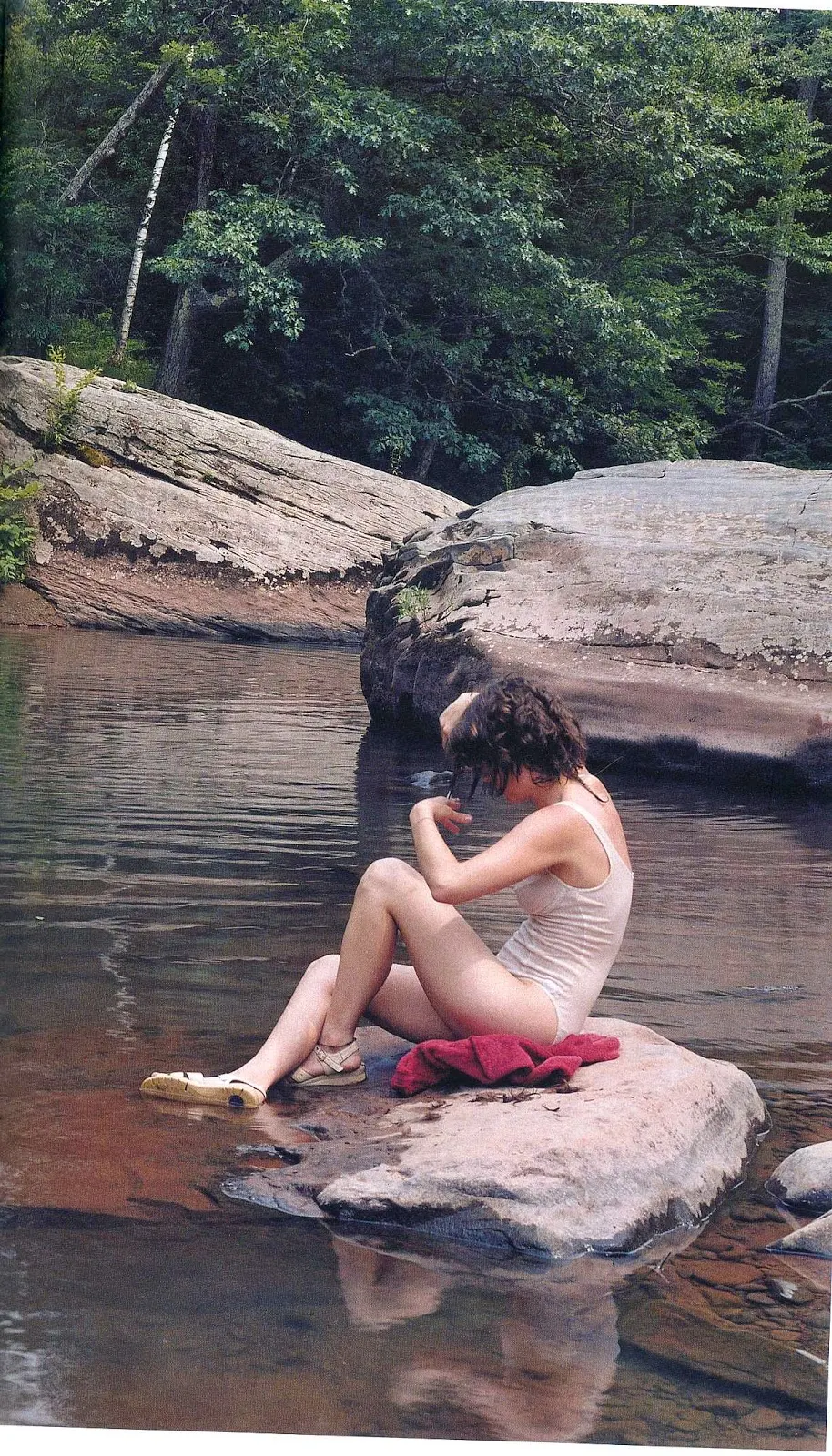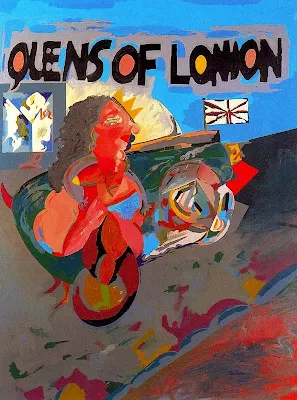Archeology of
Elegance is an exceptional and dynamic collection of 200 superb photographs by
sixty-two of today's most acclaimed photographers from Robert Mapplethorpe to
Peter Lindbergh, Miles Aldridge, Herb Ritts, Ellen von Unwerth, Nick Knight,
David Lachapelle and Jean-Baptiste Mondino, presenting fashion photography as
art.
During the past
twenty years, there is no question that fashion photography has become a
driving force for new directions in fashion, design and cosmetics and a vital
source of ideas for the visual arts and design–manifesting itself in forms as
diverse as punk rock, glamour or high-tech futurism.
According to
culture critic Ulf Poschardt, fashion photography has become the new, almost
self-sufficient leitmedia of international culture, a culture that is expressed
increasingly in visual terms. As seen in Archeology of Elegance, this once
commercial and functional craft has become, without question, an art form in
itself.
Roots Manuva, Movements
Lyrics:
I bring you tents
and girth to this homegrown range
Bona fide what you
hear, tis the sound of pain
But pain leads to
gain so we dare not stagnate
We elevate to that
next state, motion divine
Glisten like
crystal ball and stand tall
With this knowledge
and overstanding
Enterprise landing,
bringing dem new brands of buff
Yes, we come proper
with potency
Ain't no blood in
my body, it's liquid soul in my vein
I dance on a thin
line of sane and deranged
And it's all criss
once I get neatly in the cipher
Chat like pickney
to the piper that pied
As this natural
mystic blows through the air
These lessons of
life become crystal clear
Precision of my vision
is ital
Separating sharks
from the blessed is vital
Now I can smell a
rat coming from a mile round the corner
One time I bored
ya, twice you can't couf
No, we won't stop
rebuke thee
You satanics, you
fools can't recruit me
Not now while
there's
[Chorus]
Movements fi make,
typhoons grew
Strong and
cold-sheist them a still coast through
Movements fi make,
typhoons grew
Strong and
cold-sheist them a still coast through
Left, right, left,
right, left, right, left, right
I'll slap the bacon
out your mouth, dance upon your sarnie
Rolling with Jah
bredren dem, God-blessed army
How the hell you
gon stop this tide from steady coming
Run and catch in
tune with the elements
At speed we
proceed, traction for action
Hot 125, government
goons get dashed to the side
Too big to slide
now, though they try to disguise
I can still
recognize devilworks when I see it
Weakheart disciples
keep weakheart friends
Always had a hate
for what their weakhearts defend
They fiend for that
crack, ain't no one to tax
We might run home
and smoke a brown bag of seed
Best believe that
these times is treacherous
And I know not how
else I'm supposed to act
But stand close to
culture roots-fi
See me getting deft
with that two-step shuffle
Haggling others who
for the cause
Reigning with that
roots type terror
Freaking at your
weakhearty era but
We build, move and
prove that we don't suffer fools.








































































































































































































.jpg)


















